Direction Finding for Electromagnetic Radiation Source Using Ultra-short Baseline Array
-
摘要:
为提高电磁辐射源的定位精度,该文提出一种利用光纤方式同步的超短基线电磁探测阵列(CASMA)。该阵列包括5个电磁探测站和1个控制中心,阵元间距约为1 km(基线长度与波长的比值约为0.1),同步精度可达10 ns。CASMA用来测量20~70 kHz长波发射电台的垂直电场信号,并利用低频电磁干涉成像算法计算发射电台的方位角。通过实验对比可以发现,估计的发射台方位角与真实发射台方位角之间的误差小于0.2°,远远优于传统的波达角估计方法。因此,CASMA对电磁辐射源具有很高的测向精度。根据实验结果,在2500 km范围内,若两CASMA电磁探测阵对电磁辐射源进行交汇定位,定位精度预期可达0.5%·R(R为探测距离)。
Abstract:To improve the location resolution of electromagnetic radiation source, a ultra-short baseline network CASMA (Mini-Array by Chinese Academy of Sciences) is proposed for detection, utilizing optical fiber for timing. CASMA contains 5 electromagnetic detection stations and a control unit. The distance between each pair of stations is about 1 km, meaning that the length of baseline to the wavelength is about 0.1. The timing accuracy is about 10 ns. CASMA is applied to record the vertical electric field emitting by radio transmitters. CASMA utilizes interferometric imaging algorithm to calculate the transmitters’ azimuth. By experiment, the calculated azimuths approach the expected azimuths with deviations are less than 0.2°, showing many advantages over traditional systems or methods. Consequently, CASMA has accuracy direction finding resolution for electromagnetic radiation source. According to the results, the location accuracy may be expected to be 0.5%·R in a 2500 km scope where R is the distance between the electromagnetic radiation source and CASMA using two sets of CASMA for intersection positioning.
-
Key words:
- Interferometric imaging /
- Very low frequency /
- Super-short baseline
-
表 1 CASMA电磁探测阵的测向结果
名称(台) 工作频率(kHz) 方位角真实值(°) 距离(km) 方位角估计值(°) 方位角误差(°) 方位角标准差(°) SQ 68.5 176.41 862.4 176.29 –0.12 3.55 UNID25 25.0 126.95 1284.2 126.76 –0.19 1.02 JJI 22.2 124.14 1777.9 124.09 –0.05 2.62 NDT 54.0 142.88 2105.2 142.98 0.10 2.37 表 2 同步精度测试结果(ns)
频率(kHz) (1, 2) (1, 3) (1, 4) (2, 3) (2, 4) (3, 4) 1 0.0 0.0 0.0 0.0 0.0 0.0 2 0.0 0.0 0.0 0.0 0.0 0.0 5 0.0 0.0 0.0 0.0 0.0 0.0 10 0.0 9.1 7.4 11.4 9.3 0.0 20 3.4 2.6 3.7 2.2 2.5 0.0 30 2.1 2.1 1.8 2.5 1.6 0.0 40 1.4 1.2 1.2 1.8 1.2 0.0 50 1.1 1.5 0.5 1.3 1.3 0.0 60 0.8 0.8 0.9 1.0 0.8 0.0 70 1.1 0.8 0.8 1.0 0.9 0.0 80 0.8 0.8 1.0 0.6 0.7 0.7 90 0.6 0.5 0.5 0.7 0.7 0.0 100 0.6 0.5 0.6 0.6 0.6 0.0 200 0.2 0.3 0.3 0.3 0.3 0.0 表 3 在某固定频点处的同步精度
发射源 工作频率(kHz) 系统同步精度(ns) 商丘授时SQ 68.5 ~1 韩国UNID25 25.0 ~2 日本JJI 22.2 ~3 日本NDT 54.0 ~1 -
CUMMER S and FULLEKRUG M. Unusually intense continuing current in lightning produces delayed mesospheric breakdown[J]. Geophysics Research Letter, 2001, 28(3): 495–498 doi: 10.1029/2000GL012214 CUMMER S, LI Jingbo, HAN Feng, et al. Quantification of the troposphere-to-ionosphere charge transfer in a gigantic jet[J]. Nature Geoscience, 2009, 2(9): 617–620 doi: 10.1038/NGEO607 FULLEKRUG M, ROUSSELDUPRE R, SYMBALISTY E M D, et al. Relativistic electron beams above thunderclouds[J]. Atmospheric Chemistry & Physics & Discussions, 2011, 11(15): 7747–7754 doi: 10.5194/acp-11-7747-2011 GEMELOS E S, INAN U S, WALT M, et al. Seasonal dependence of energetic electron precipitation: Evidence for a global role of lightning[J]. Geophysical Research Letters, 2009, 36(21): 147–148 doi: 10.1029/2009GL040396 QIN Jianqi, CELESTIN S, and PASKO V P. Low frequency electromagnetic radiation from sprite streamers[J]. Geophysical Research Letters, 2012, 39(22): 1–5 doi: 10.1029/2012GL053991 STOCK M G, AKITA M, RISON W, et al. Continuous broadband digital interferometry of lightning using a generalized cross-correlation algorithm[J]. Journal of Geophysical Research Atmospheres, 2014, 119(6): 3134–3165 doi: 10.1002/2013JD020217 THOMAS R J, KREHBIEL P R, RISON W, et al. Accuracy of the lightning mapping array[J]. Journal of Geophysical Research Atmospheres, 2004, 109(D14): 1–34 doi: 10.1029/2004JD004549 CUMMINS K L, MURPHY M J, BARDO E A, et al. A combined TOA/MDF technology upgrade of the U.S. national lightning detection network[J]. Journal of Geophysical Research Atmospheres, 1998, 103(D8): 9035–9044 doi: 10.1029/98JD00153 SMITH D A, EACK K B, HARLIN J, et al. The Los Alamos Sferic Array: A research tool for lightning investigations[J]. Journal of Geophysical Research Atmospheres, 2002, 107(D13): 5–14 doi: 10.1029/2001JD000502 BITZER P M, CHRISTIAN H J, STEWART M, et al. Characterization and applications of VLF/LF source locations from lightning using the Huntsville Alabama Marx Meter Array[J]. Journal of Geophysical Research Atmospheres, 2013, 118(8): 3120–3138 doi: 10.1002/jgrd.50271 MEZENTSEV A and FULLEKRUG M. Mapping the radio sky with an interferometric network of low‐frequency radio receivers[J]. Journal of Geophysical Research Atmospheres, 2013, 118(15): 8390–8398 doi: 10.1002/jgrd.50671 FULLEKRUG M, MEZENTSEV A, WATSON R, et al. Array analysis of electromagnetic radiation from radio transmitters for submarine communication[J]. Geophysical Research Letters, 2014, 41(24): 9143–9149 doi: 10.1002/2014GL062126 FULLEKRUG M, MEZENTSEV A, WATSON R, et al. Map of low frequency electromagnetic noise in the sky[J]. Geophysical Research Letters, 2015, 42(11): 4648–4653 doi: 10.1002/2015GL064142 FULLEKRUG M, SMITH N, MEZENTSEV A, et al. Multipath propagation of low frequency radio waves inferred from high resolution array analysis[J]. Radio Science, 2015, 50(11): 1141–1149 doi: 10.1002/2015RS005781 LIU Zhongjian, KUANG L K, MEZENTSEV A, et al. Variable phase propagation velocity for long-range lightning location system[J]. Radio Science, 2016, 51(11): 1806–1815 doi: 10.1002/2016RS006058 FULLEKRUG M, LIU Zhongjian, KOH K, et al. Mapping lightning in the sky with a mini array[J]. Geophysical Research Letters, 2016, 43(19): 10448–10454 doi: 10.1002/2016GL070737 LYU Fanchao, CUMMER S A, SOLANKI R, et al. A low‐frequency near‐field interferometric TOA 3D Lightning Mapping Array[J]. Geophysical Research Letters, 2014, 41(22): 7777–7784 doi: 10.1002/2014GL061963 CARTER G C. Coherence and time delay estimation[J]. Proceedings of the IEEE, 1987, 75(2): 236–255 doi: 10.1109/PROC.1987.13723 -






 下载:
下载:

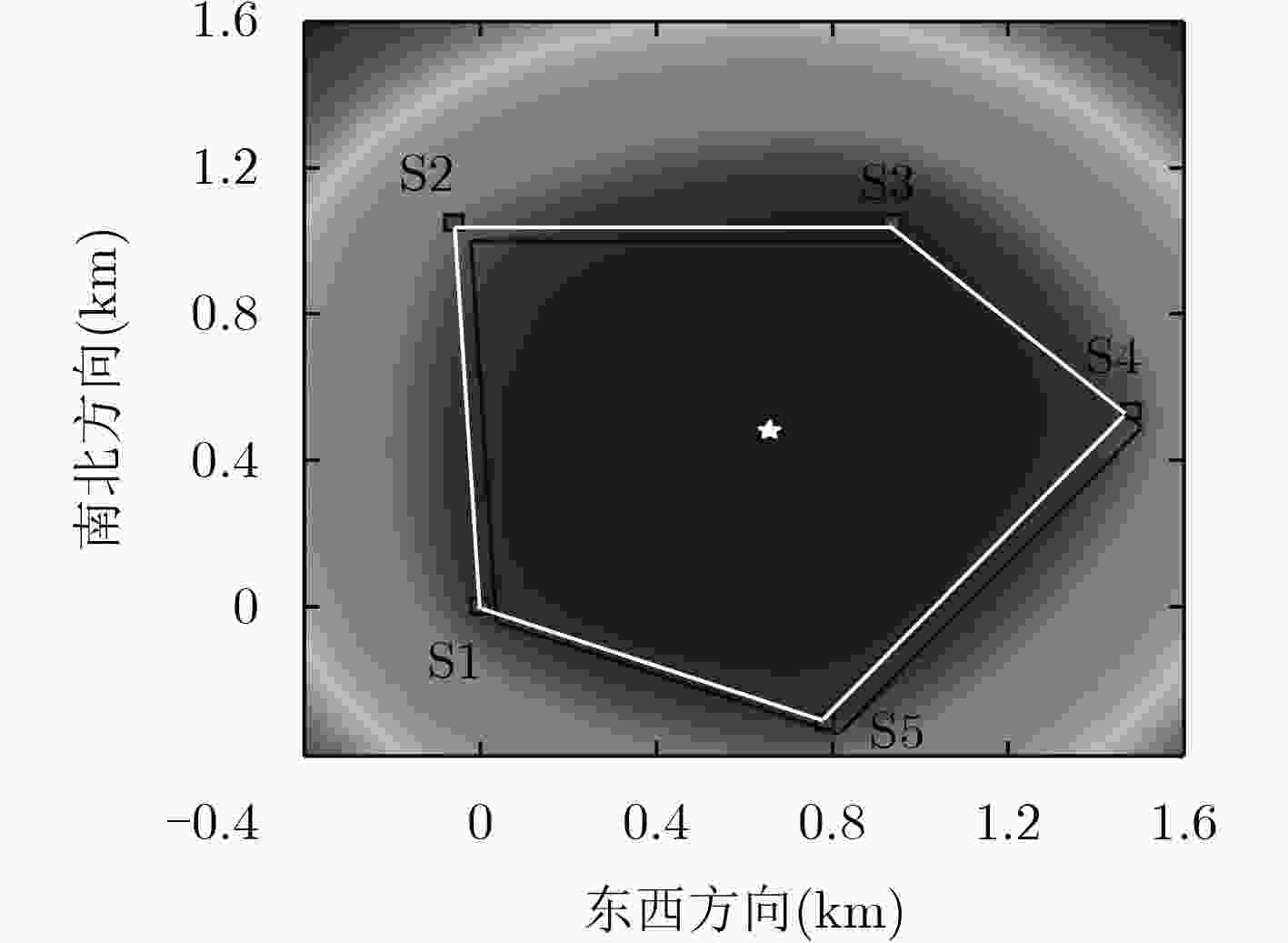
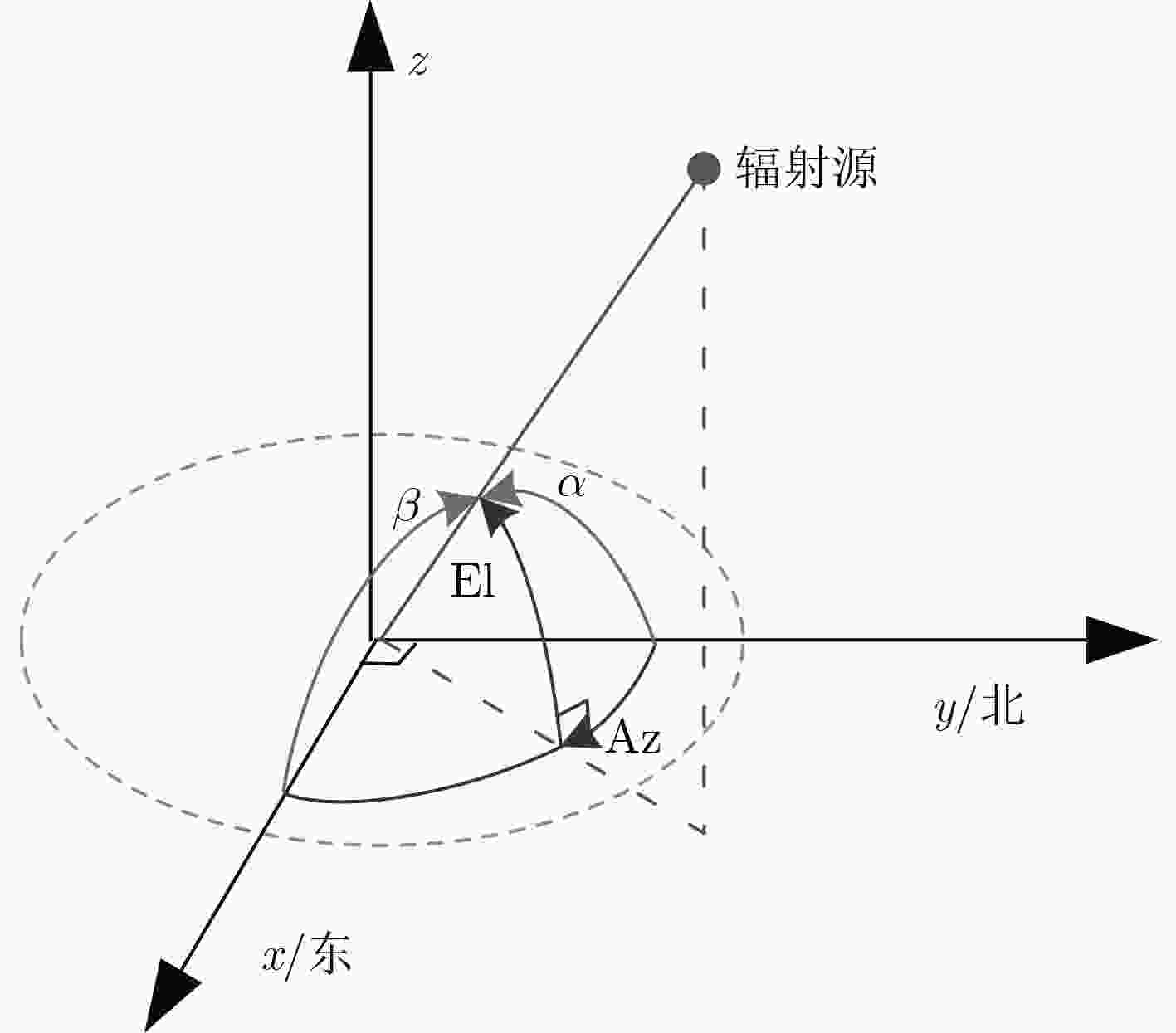
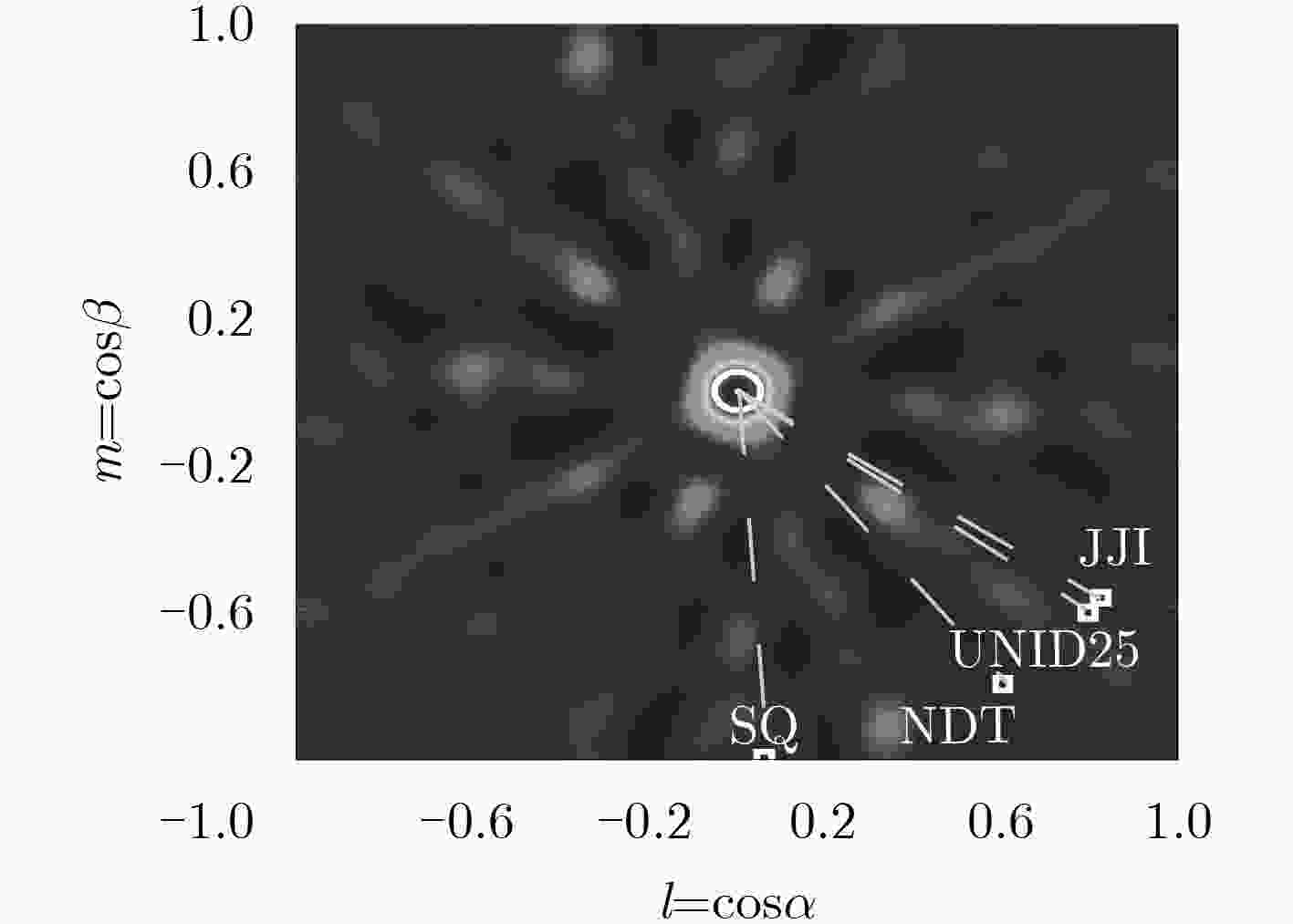
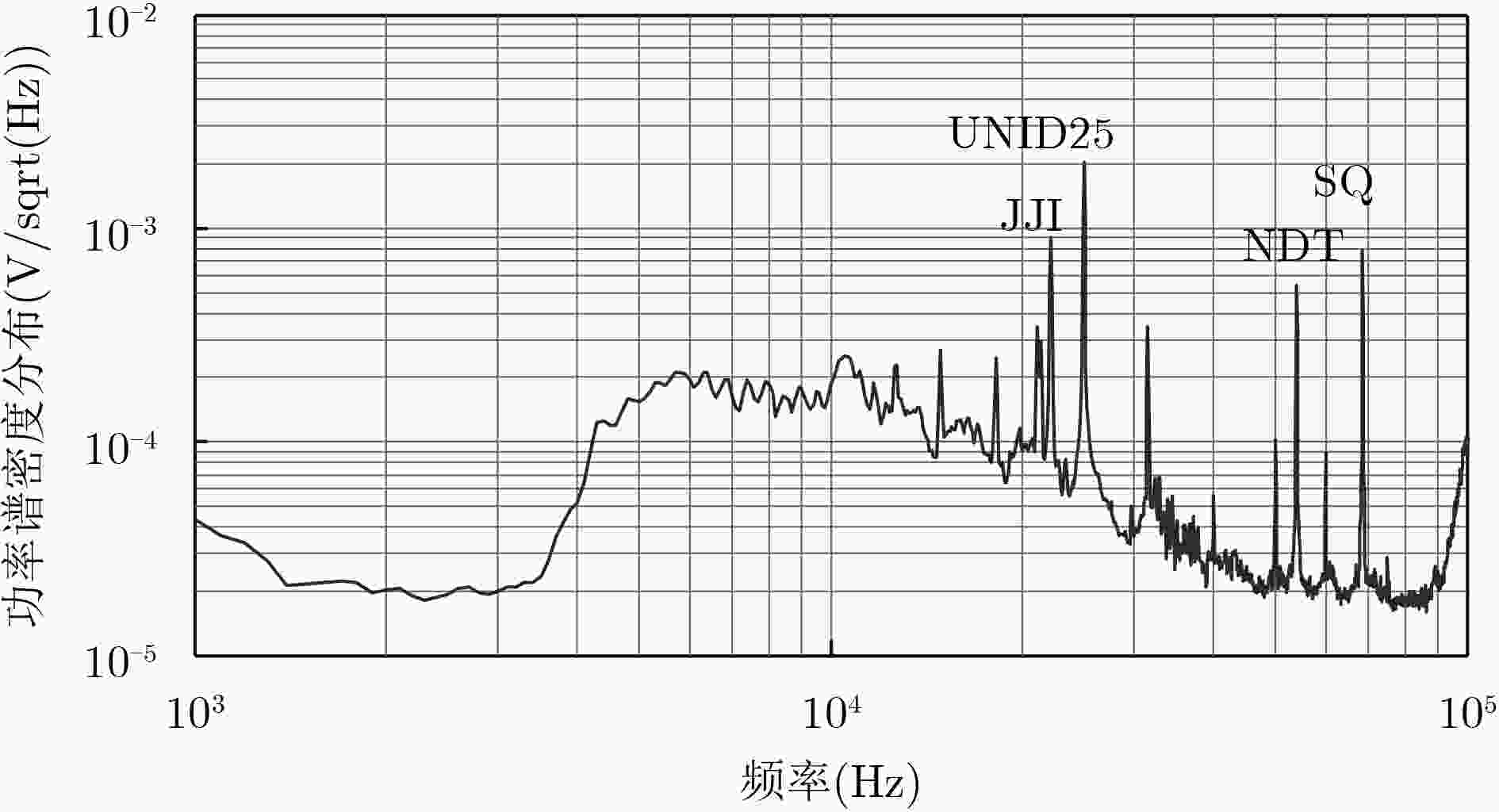
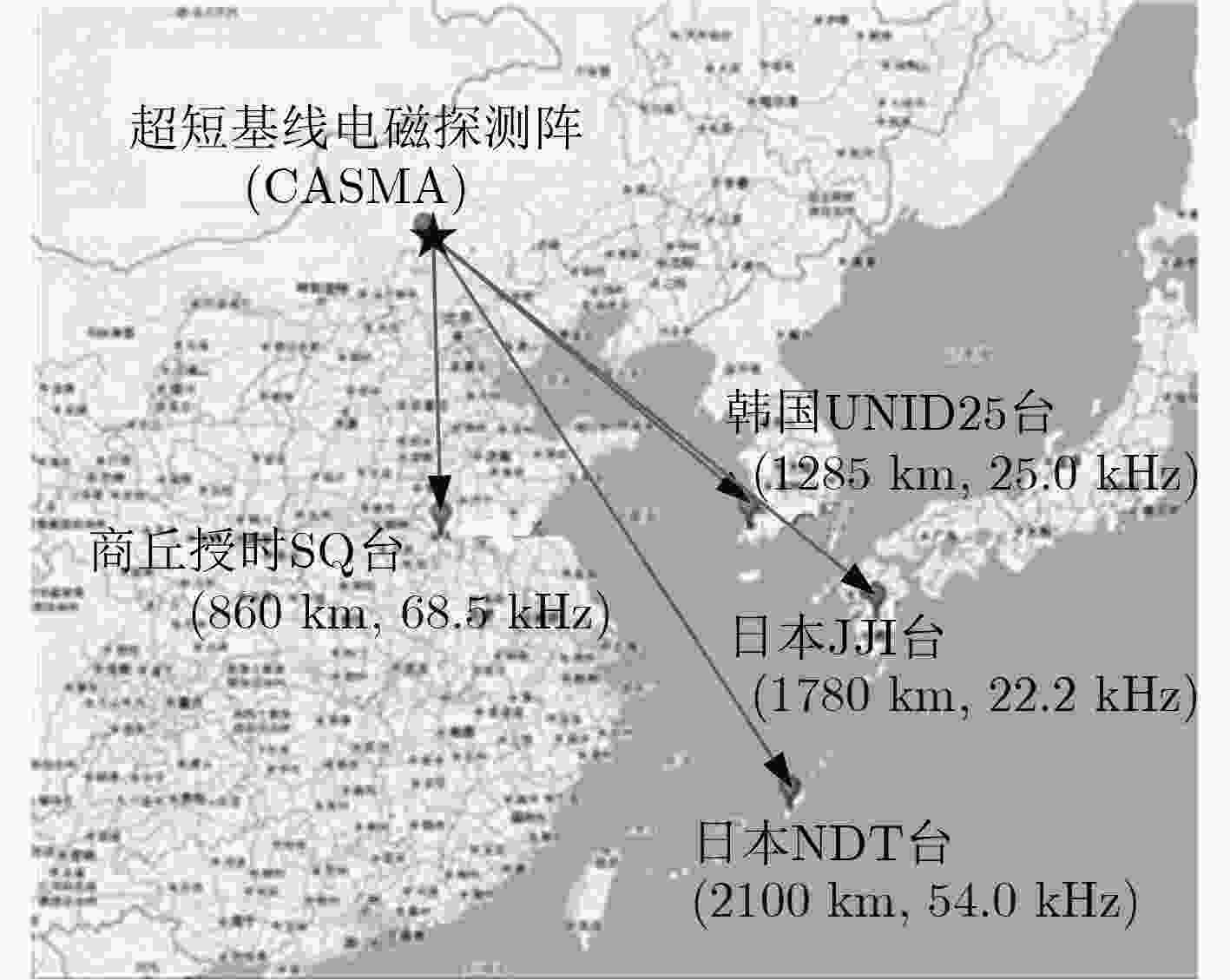
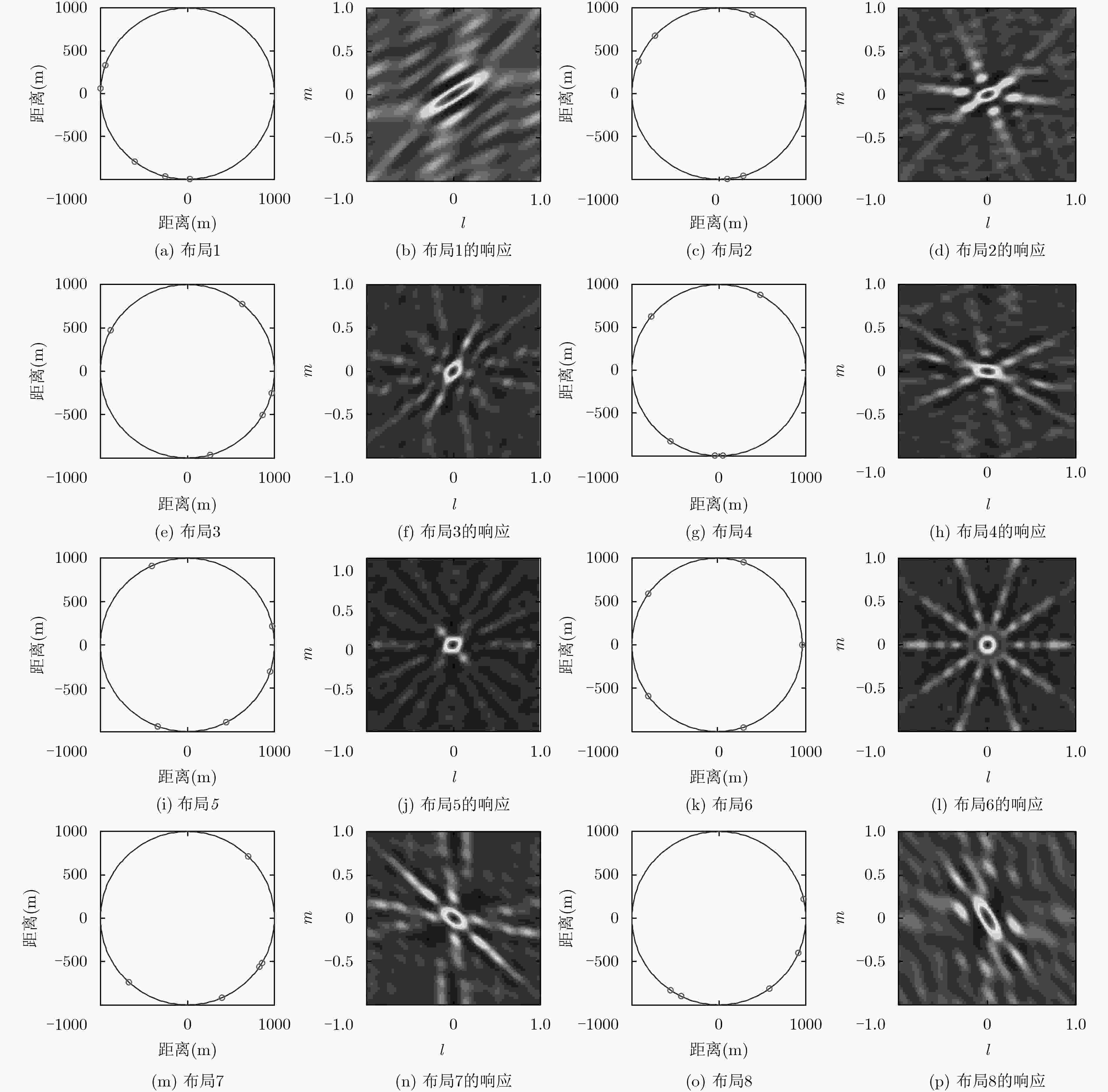


 下载:
下载:
